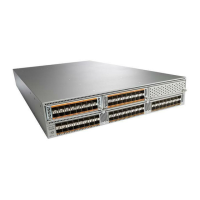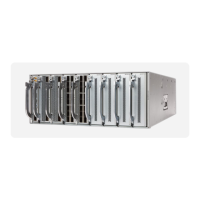CHAPTER 22
Soft Reload
This chapter contains the following sections:
•
Information About Soft Reload, page 277
•
Licensing Requirements for Soft Reload, page 278
•
Guidelines and Limitations for Soft Reload, page 278
•
Default Setting for Soft Reload, page 279
•
Configuring Soft Reload, page 280
•
Configuration Examples for Soft Reload, page 281
•
Verifying the Soft Reload Status, page 281
•
Additional References for Soft Reload, page 281
•
Feature History for Soft Reload, page 281
Information About Soft Reload
The Soft Reload feature provides a best effort mechanism for the switch to be gracefully brought up with
minimal impact to production traffic when a process crash occurs. You can also use the soft-reload command
to trigger a manual soft reload of the switch. After a successful soft reload, we mandatorily recommend
performing a normal switch reload as there may be some mismatch between the hardware and software
configurations after the soft reload. The normal switch reload can also be performed during the next maintenance
window.
We also recommend not making any changes to the configuration until a normal switch reload is done after
a soft reload. During a normal switch reload, the switch is reloaded with the copy running-config
startup-config command ensuring that all configurations are restored without any mismatch between hardware
and software configurations. By default, Soft Reload is disabled.
Soft Reload Debugging
Syslogs are generated during various stages of a soft reload indicating the current health of a switch. The
following syslogs can be used for debugging Soft Reload:
Cisco Nexus 5600 Series NX-OS System Management Configuration Guide, Release 7.x
OL-31641-01 277

